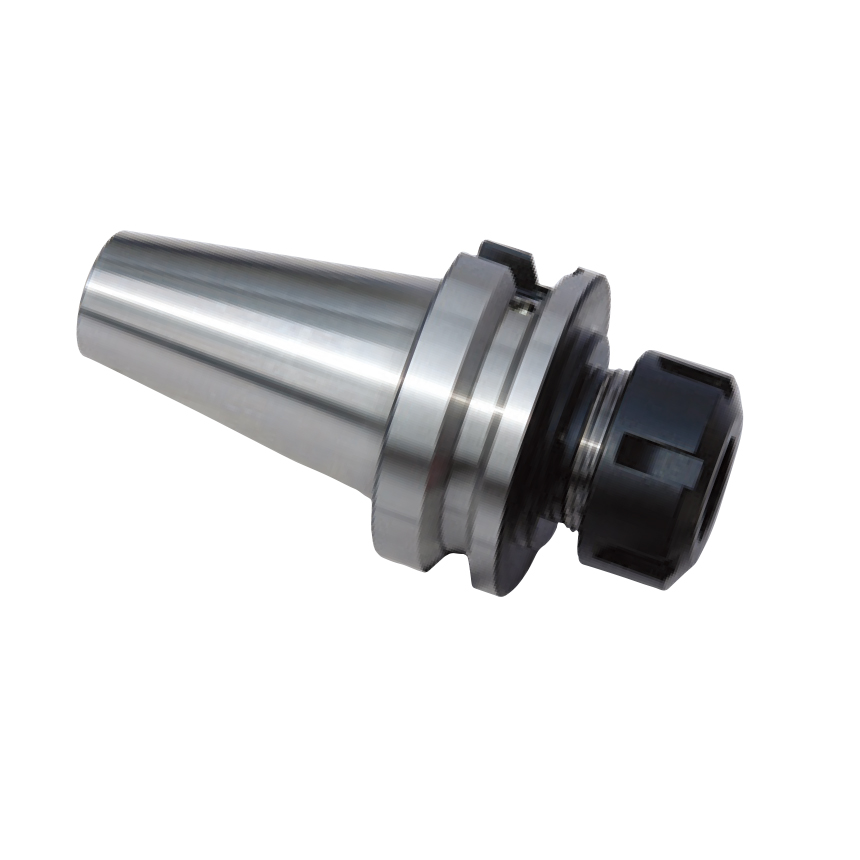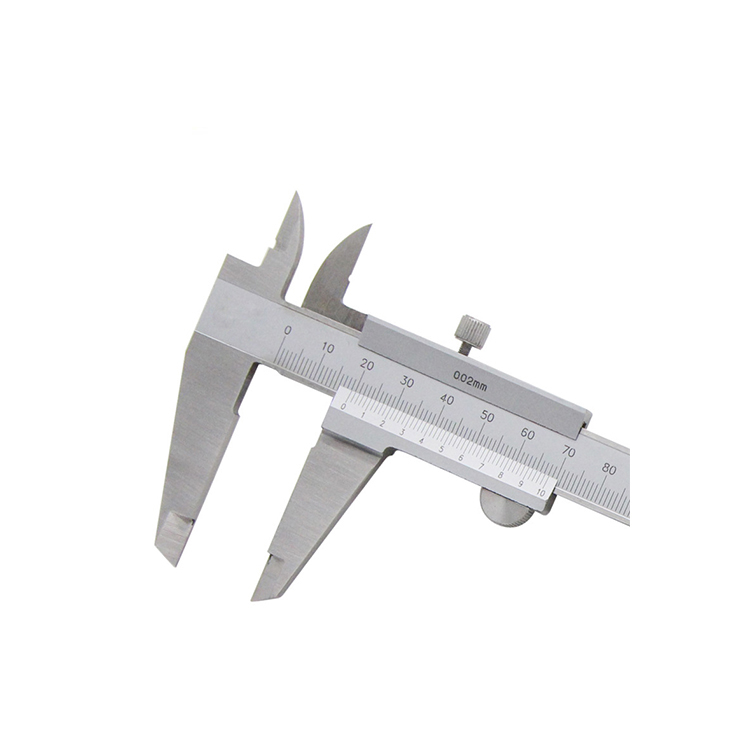Wholesale SVUC boring bar
SVUC boring bars are essential tools in precision machining, providing internal turning and threading capabilities in a variety of materials. Understanding their features, applications, and selection criteria is crucial for achieving optimal performance and cost-effectiveness. This guide explores the world of Wholesale SVUC boring bar, offering insights into their advantages, selection, and where to find reliable suppliers for your machining needs. Discover the key factors that influence their performance and how to choose the right one for your specific application.
Understanding SVUC Boring Bars
What is an SVUC Boring Bar?
An SVUC boring bar is a type of internal turning tool used in CNC machines and lathes. The 'SVUC' designation typically refers to the shank style and insert clamping system of the tool. These bars are designed to hold cutting inserts that perform the actual material removal. Their primary function is to enlarge or create internal diameters within a workpiece. SVUC style holders usually refer to screw-down clamping style with a square shank.
Advantages of Using SVUC Boring Bars
- High Precision: Allows for accurate and controlled material removal, ensuring tight tolerances in the finished product.
- Versatility: Can be used for a wide range of materials, including steel, aluminum, and plastics.
- Efficiency: Enables faster material removal rates compared to traditional boring methods.
- Improved Surface Finish: Delivers a smoother and more consistent surface finish on the bored hole.
- Cost-Effective: Using replaceable inserts reduces the overall tooling cost compared to solid boring bars, especially for high-volume production.
Selecting the Right SVUC Boring Bar: Key Considerations
Material Compatibility
Choosing the right material for your Wholesale SVUC boring bar is crucial. Carbide boring bars offer superior rigidity and are ideal for harder materials, while steel bars are suitable for softer materials and applications where vibration is less of a concern. Consider the material you will be machining and select a boring bar with appropriate hardness and wear resistance. Many of Wayleading Tools' boring bars are made of high-quality carbide.
Boring Bar Size and Length
The diameter of the boring bar must be smaller than the hole being bored. The length of the bar should be as short as possible to minimize vibration. A longer bar may be necessary for deeper holes, but it's crucial to ensure sufficient rigidity to maintain accuracy. Consider the depth and diameter of the hole you will be boring and select a bar with appropriate dimensions.
Insert Geometry and Grade
The insert geometry and grade significantly impact the cutting performance and tool life of the Wholesale SVUC boring bar. Different insert geometries are designed for specific materials and applications, such as roughing, finishing, and threading. The insert grade should be selected based on the hardness and machinability of the workpiece material. Consult with your tooling supplier or refer to the insert manufacturer's recommendations for the optimal insert geometry and grade for your application.
Vibration Dampening
Vibration is a common issue in boring operations, especially with longer boring bars. Vibration can lead to poor surface finish, inaccurate hole dimensions, and reduced tool life. Consider using vibration-dampened boring bars, which incorporate features to minimize vibration and improve cutting performance. These bars often utilize internal damping mechanisms or are made from materials with high damping properties.
Finding a Reliable Supplier of Wholesale SVUC Boring Bars
Factors to Consider When Choosing a Supplier
- Product Quality: Ensure the supplier offers high-quality boring bars made from durable materials with precise dimensions.
- Product Range: A good supplier should offer a wide range of Wholesale SVUC boring bar sizes, lengths, and insert styles to meet diverse application needs.
- Competitive Pricing: Compare prices from different suppliers to ensure you are getting a competitive rate.
- Technical Support: Choose a supplier that provides technical support and assistance in selecting the right boring bar for your application.
- Delivery Time: Fast and reliable delivery is essential to minimize downtime and keep your production running smoothly.
Where to Buy Wholesale SVUC Boring Bars
You can find Wholesale SVUC boring bar from various sources, including:
- Online Marketplaces: Platforms like Alibaba and Amazon offer a wide selection of boring bars from different suppliers.
- Industrial Supply Companies: Companies like MSC Industrial Supply and Grainger carry a range of boring bars and other cutting tools.
- Direct Manufacturers: Purchasing directly from manufacturers like Wayleading Tools can provide competitive pricing and technical support.
- Specialty Tooling Suppliers: These suppliers specialize in cutting tools and offer a wide selection of boring bars, inserts, and accessories.
Troubleshooting Common Issues with SVUC Boring Bars
Vibration
Problem: Excessive vibration during boring.
Solution:
- Reduce cutting speed and feed rate.
- Use a shorter boring bar.
- Use a vibration-dampened boring bar.
- Ensure the workpiece is securely clamped.
- Check the machine spindle for runout.
Poor Surface Finish
Problem: Rough or uneven surface finish on the bored hole.
Solution:
- Use a sharper cutting insert.
- Increase cutting speed.
- Reduce feed rate.
- Use a coolant or lubricant.
- Check the machine alignment.
Insert Breakage
Problem: Cutting insert chipping or breaking.
Solution:
- Use a tougher insert grade.
- Reduce cutting speed and feed rate.
- Ensure the workpiece is properly supported.
- Check for interrupted cuts or hard spots in the workpiece.
- Use a coolant to reduce heat and friction.
Case Studies: Successful Applications of SVUC Boring Bars
Case Study 1: Automotive Component Machining
A leading automotive manufacturer used Wholesale SVUC boring bar from Wayleading Tools to improve the efficiency and accuracy of machining engine blocks. By switching to high-performance carbide boring bars with optimized insert geometries, they were able to reduce cycle times by 20% and improve surface finish, resulting in significant cost savings and improved product quality.
Case Study 2: Aerospace Component Manufacturing
An aerospace company used vibration-dampened Wholesale SVUC boring bar to machine deep holes in titanium components. The vibration-dampening features of the boring bars enabled them to achieve tight tolerances and excellent surface finish, meeting the stringent quality requirements of the aerospace industry.
The Future of SVUC Boring Bar Technology
The field of boring bar technology is constantly evolving, with ongoing developments in materials, coatings, and vibration-dampening techniques. Future trends in Wholesale SVUC boring bar include:
- Advanced Materials: Development of new materials with higher hardness, wear resistance, and vibration-dampening properties.
- Smart Tooling: Integration of sensors and data analytics to monitor cutting conditions and optimize performance in real-time.
- Additive Manufacturing: Use of additive manufacturing techniques to create custom boring bar designs with optimized geometries and internal features.
By staying informed about these trends and advancements, you can ensure that you are using the most advanced and effective boring bar technology to improve your machining operations.
This information is for informational purposes only. Always consult with qualified professionals for specific applications.
Related products
Related products
Best selling products
Best selling products-
 Straight Shank ER Collet Chuck Holders With Extending Rod
Straight Shank ER Collet Chuck Holders With Extending Rod -
 Keyless Drill Chuck With Heavy Duty Type
Keyless Drill Chuck With Heavy Duty Type -
 HSS Metric Square Tool Bit With Industrial Type
HSS Metric Square Tool Bit With Industrial Type -
 CNC BT-ER Spring Collet Chuck For CNC Machine
CNC BT-ER Spring Collet Chuck For CNC Machine -
 HSS ISO Metric Round Die Wieh Splite Or Adjustable Splite Type
HSS ISO Metric Round Die Wieh Splite Or Adjustable Splite Type -
 Electronic Digital Height Gauge From 300 to 2000mm
Electronic Digital Height Gauge From 300 to 2000mm -
 HSS Annular Cutters With Weldon Shank For Metal Cutting
HSS Annular Cutters With Weldon Shank For Metal Cutting -
 ISO Metric Hexagon Die With Right Hand
ISO Metric Hexagon Die With Right Hand -
 Type H Flame Tungsten Carbide Rotary Burr
Type H Flame Tungsten Carbide Rotary Burr -
 Deburring Tool Blades Using For Deburring
Deburring Tool Blades Using For Deburring -
 Precision Monoblock Vernier Caliper Of Metric & Imperial For Industrial
Precision Monoblock Vernier Caliper Of Metric & Imperial For Industrial -
 Precision Magnetic Base With Fine Adjustment For Dial Indicator
Precision Magnetic Base With Fine Adjustment For Dial Indicator











